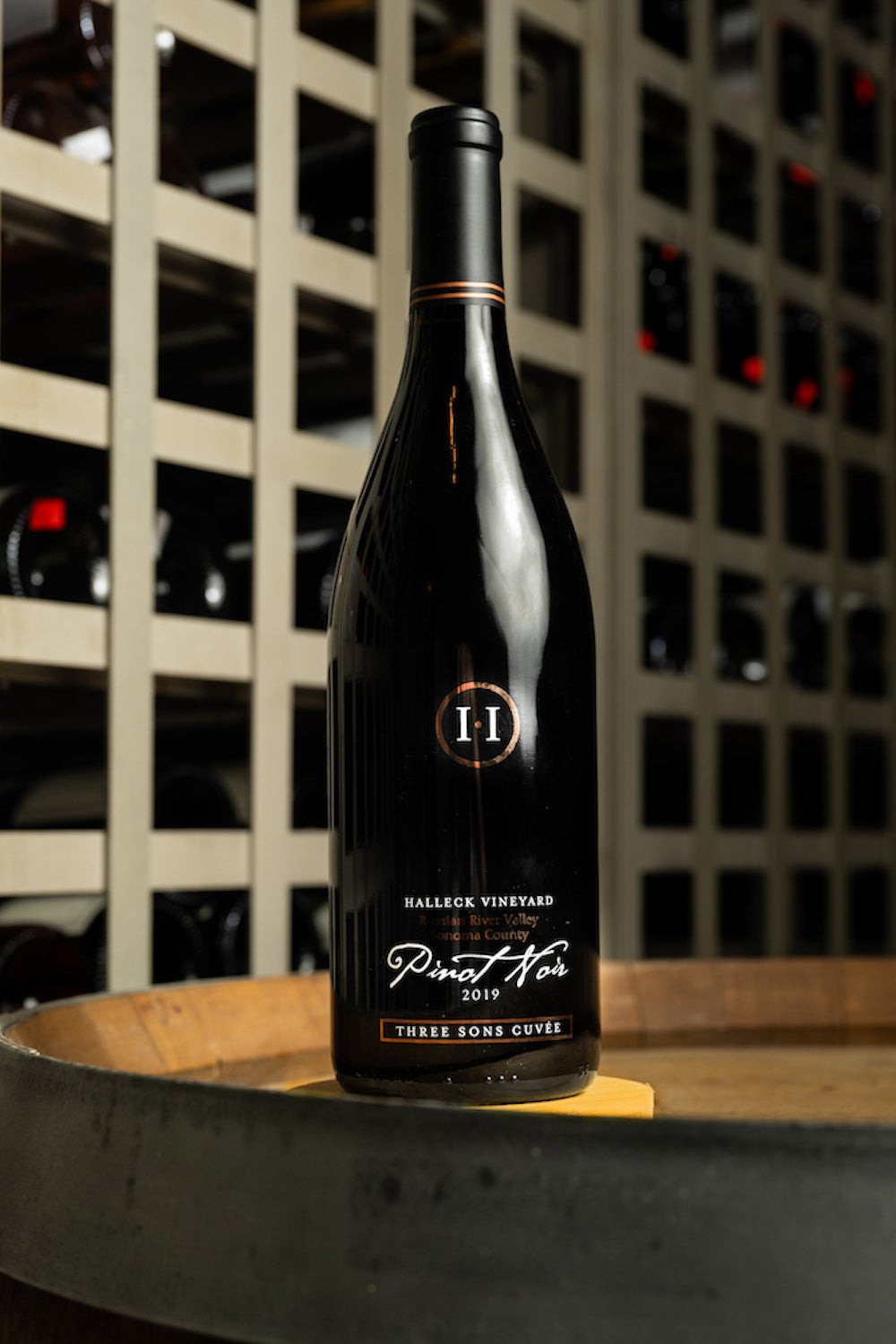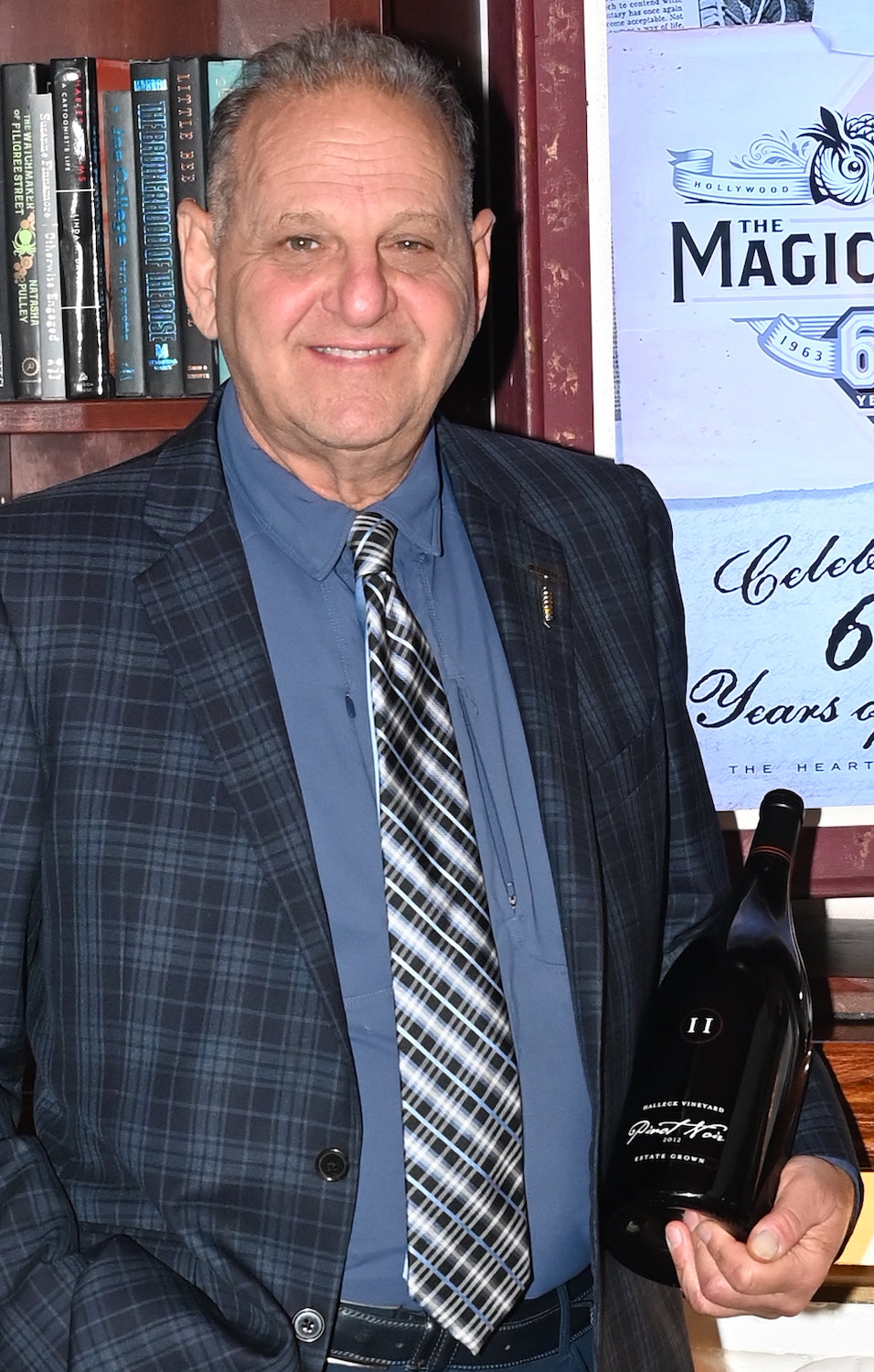Wineries With Outdoor Seating - Sebastopol's Vibrant Wine Scene
Wineries With Outdoor Seating - Sebastopol's Vibrant Wine Scene
Blog Article
Wineries With Live Music Events Occasionally - Best Wineries In Sonoma For A Wine Experience
Wine tasting is an art that mixes sensory experience with an appreciation for the nuances of various varietals. How to evaluate flavors in winery wine tasting periods is pivotal to grasping the complexities of wine.
Engaging in a wine tasting includes greater than merely sipping and savoring. It requires a centered approach to identify aromas and flavors that each wine presents. As you begin, observe the wine's appearance, noting its shade and readability. These visual cues usually suggest a wine’s age, grape selection, and even potential flavor profiles.
The next step in the tasting course of is to swirl the wine in your glass. This action releases fragrant compounds that are very important for analysis. Lean in and take a second to inhale deeply; the aromas can range from floral and fruity to spicy and earthy. The nostril of the wine is simply as necessary as the palate, and recognizing scents performs a major position in understanding the general experience.
When taking your first sip, allow the wine to move across your palate - Innovative Wine-Making Techniques In Sonoma Valley. Discover the initial flavors that present themselves. Is the wine fruity, floral, or maybe herbaceous? This preliminary taste provides insight into what the wine is likely to specific as you continue to gauge it. The mouthfeel additionally contributes to the general flavor experience; it could be silky, tannic, and even effervescent.
Popular Wineries With Outdoor Seating In Sonoma - Wineries To Explore In Sonoma Valley
As you proceed tasting, take note of the wine’s balance. A well-balanced wine will harmonize acidity, sweetness, and tannins. If one part overwhelms the others, it might point out a much less desirable high quality. Evaluating balance may help you identify how nicely the wine might pair with food.
Transitioning to the end, think about how the flavors evolve as the wine lingers on your palate. A lengthy, pleasant end can indicate a high-quality wine, whereas a brief or abrupt end may suggest otherwise. Reflect on whether the flavors remain constant or if new notes emerge because the wine settles. This development can reveal complexities and intricacies that may not have been apparent within the initial tasting.
Temperature can also be an important factor in evaluating wine flavors. Different kinds of wine are optimally loved at specific temperatures. White wines typically shine when chilled, while pink wines generally perform finest at room temperature. When tasting, ensure the wine is at the acceptable temperature to totally appreciate its character.
Wineries Hosting Seasonal Events - Sonoma's Best Vineyards
Pairing food with wine can greatly improve the tasting experience. Foods can affect the perception of flavors in wine, both highlighting certain characteristics or diminishing them. When evaluating flavors, think about how the wine interacts with completely different foods, noticing which flavors are amplified or muted (Elegant Wine Tasting Locations In Sonoma).

Think About the influence of terroir as you have interaction in a winery tasting. Terroir encompasses the distinctive environmental elements that affect grape rising, together with soil composition, climate, and geography. Understanding a wine's terroir can present insight into its flavors and aromas, fostering a deeper appreciation for the alternatives made during its cultivation and manufacturing.
Training performs a elementary position in enhancing one's ability to evaluate wine flavors. Studying about grape varieties, wine areas, and manufacturing strategies can pave the way for more informed judgments throughout tastings. Moreover, attending workshops or classes can refine sensory skills and broaden your flavor vocabulary, enabling you to articulate tasting notes more successfully.

Lastly, it is essential to remember that evaluating wine flavors is a extremely personal experience. Particular Person preferences and perceptions will invariably shape one’s tasting journey. Enjoyment ought to be on the forefront, with the analysis course of performing as a software to reinforce understanding and appreciation somewhat than create rigid pointers.
Best Wineries For Wine Tasting In Sonoma - Best Vineyard In Sonoma
In conclusion, mastering how to evaluate flavors in winery wine tasting classes includes a mix of sensory engagement, data, and practice. By learning to determine aromas, assess the stability, and recognize the intricacies of flavor, wine enthusiasts can deepen their connection go right here to each bottle they encounter. As with any art type, the more one immerses themselves within the experience, the extra they will uncover and enjoy the vast world of wine.
- Start by observing the wine's shade and readability, as these visual components can hint at its flavor profile and aging potential.
- Swirl the wine gently in your glass; this releases fragrant compounds, allowing you to higher identify the complex scents associated with the wine.
- Take a deep inhale before tasting, specializing in each main and secondary aromas to assemble insights on fruits, spices, and other nuances.
- When tasting, permit the wine to coat your palate; note the initial flavors, the mid-palate complexity, and the end as these stages can present completely different flavor highlights.
- Pay attention to texture and mouthfeel, as elements corresponding to tannin levels, acidity, and sweetness contribute considerably to the general tasting experience.
- Compare flavors in opposition to normal wine traits; for red wines, think about berry notes, oak affect, and natural tones, while whites might embody citrus, stone fruits, and floral hints.
- Take notes in the course of the tasting session to trace your impressions, helping you to remember and consider the completely different wines sampled.
- Discuss your findings with fellow tasters or winery workers, as sharing insights can improve understanding and appreciation of individual flavors.
- Enable time for the wine to breathe; generally, flavors evolve and reveal new dimensions after being exposed to air.
- Experiment with food pairings through the tasting as they can dramatically alter how flavors are perceived, influencing overall enjoyment.undefinedWhat ought to I search for when evaluating the aroma of wine during a tasting?
Start by swirling the wine in your glass to release its aromas. Deliver the glass to your nose and take a deep breath. Pay attention to the first scents you detect, as these are often probably the most prominent. Look for fruit, floral, natural, or earthy notes and attempt to establish specific traits, which will deepen your understanding of the wine's complexity.
Wineries Offering Charcuterie And Wine Pairings - Top Sonoma Wineries To Visit

How can I distinguish between totally different flavor profiles in wine?
Understand that flavor profiles are sometimes categorized as fruit, floral, herbaceous, spicy, or mineral. Take small sips and permit the wine to coat your palate. Notice the primary flavors that emerge first and the refined notes that observe. This layering is crucial in distinguishing the wine's traits and will allow you to respect its distinctive profile.
Wineries With River Views - Sonoma's Finest Wineries
What is the importance of the wine's texture in a tasting?
The texture of the wine, also referred to as mouthfeel, performs a vital role in how we understand flavors. Pay attention as to whether the wine feels smooth, creamy, or gritty. The physique of the wine (light, medium, or full) can enhance or distinction with flavors, providing a more rounded experience throughout tasting.
How do I assess the balance of flavors in wine?
Steadiness in wine refers again to the harmony between acidity, sweetness, tannin, and alcohol. Take a second to assess whether or not these parts complement or intervene with each other. A well-balanced wine could wikipedia reference have none of its parts overpowering the others, creating a pleasant tasting experience.
Wine Tasting Events In Sonoma County - Best Wine Tasting Spots In Sonoma County
What function does temperature play in evaluating wine flavors?
Temperature can significantly impression the notion of flavors. Typically, purple wines are greatest served slightly beneath room temperature, whereas white wines get pleasure from being chilled. As the temperature adjustments, the aromas and flavors can shift, allowing you to understand totally different traits. It’s important to taste wine at its optimum temperature for true analysis.
Wineries Producing Pinot Noir And Chardonnay - Sonoma's Hidden Winery Gems
How can I enhance my tasting skills over time?
Practice is key to bettering your tasting skills. Wineries In Green Valley. Attend tastings, keep a journal of your experiences, and discover several varieties of wines to broaden your palate. Additionally, learning about wine manufacturing and grape varieties can provide context that enhances your evaluation course of, making you a extra knowledgeable taster.
Is there a selected order by which I should style the wines?
Eco-Friendly Wineries In Sonoma County - Wineries With Outdoor Tastings In Sebastopol
Yes, it’s advisable to taste wines from light to full-bodied and dry to candy. This development prevents the stronger flavors from overshadowing the extra delicate ones, permitting you to fully recognize every wine's traits and nuances without palate fatigue.
How can I evaluate the aftertaste of wine?
Wineries Focusing On Single Vineyard Wines - Iconic Wineries Of Sebastopol
The aftertaste, or end, is an important facet of the wine-tasting experience. After swallowing, pay consideration to how lengthy the flavors linger on your palate and whether they change. A lengthy, nice finish is usually an indicator of a high-quality wine, while a brief or disagreeable finish may recommend otherwise.
Why is it important to notice the wine’s acidity throughout tasting?
Acidity contributes to the general freshness and construction of the wine. Pay consideration to the tingling sensation in your tongue; greater acidity can enhance the wine's liveliness and steadiness out sweetness. Noting acidity helps decide the wine's versatility with food and its aging potential.
What should I do if I battle to determine specific flavors in wine?
Remarkable Craft Wineries In Sebastopol - Discovering The Vineyards Of Sonoma County
Struggling to identify flavors is common, especially for novices. Focus on broader categories and describe what you can acknowledge, such as candy or earthy notes. With practice, reading about different flavor profiles, and perhaps utilizing flavor wheels, you'll refine your senses and develop a more nuanced approach to tasting. Report this page